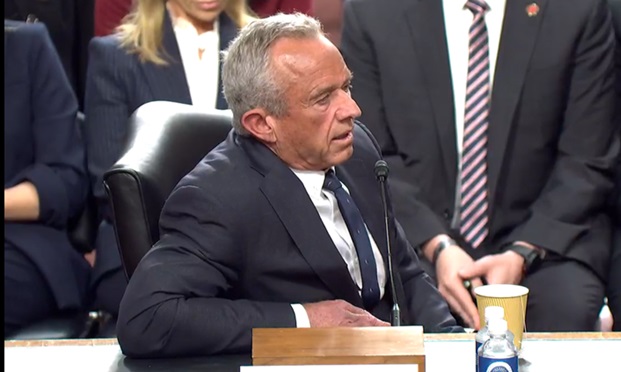Sixty-three percent of Americans have used an opioid before, and more than a third have taken one in the past three years, according to two new surveys of consumers and health care providers by WebMD and Medscape.
The figure helps explain the skyrocketing rates of prescription drug abuse and heroin use that medical experts are calling a public health crisis.
Indeed, 74 percent of the 1,513 health care professionals polled said they were “very concerned” about the increased misuse and abuse of opioids.
Another 24 percent said they were “somewhat” concerned. That means only 2 percent voiced no concern at all.
In addition, more than half of medical professionals believe that patients frequently share their opioids with others.
About half believe that such drugs are often used in ways that aren’t in accordance with the doctor’s instructions. While 88 percent still prescribe opioids sometimes, two-thirds said that they prescribe them less than they used to.
That doctors are concerned is the good news, reports Medscape. It’s also good news that 86 percent of health care professionals report discussing the risk of addiction and abuse when prescribing opioids to patients.
Read: What legal pot means for the benefits industry
The bad news is that barely half of health care professionals (55 percent) report instructing patients on proper storage of opioids, which are a prime target for theft by addicted friends and family members.
The results of the oversight from doctors is visible in the consumer responses. Only 23 percent report getting rid of unused opioids after their treatment by either taking them to a disposal center or throwing them away.
Forty-one percent said they specifically keep them for future use, and 42 percent believe that it is rare for such drugs to fall into the wrong hands.
“I was struck by the number of unused opioids that patients are keeping,” said WebMD medical editor Dr. Arefa Cassoobhoy.
Research by the Center for Disease Control has found little evidence that opioids are an effective long-term treatment for pain. That’s why Dr. Peter Abaci of the Bay Area Pain & Wellness Center in Los Gatos, Calif., told WebMD that a more comprehensive approach to chronic pain management is necessary.
“People with chronic pain do better and see the best results when they get comprehensive care,” Abaci says. “But how can you expect doctors to do better if you don’t give them a system in which to offer that type of care? That’s why you see such heavy dependence on the medication route of treatment.”
A recent study disputed the widely-held perception that opioid abuse was the result of a small percentage of doctors who dole out a disproportionate share of prescriptions.
The abuse of opioids, found the study published in JAMA, is a natural result of prescription practices that have become mainstream.
© Touchpoint Markets, All Rights Reserved. Request academic re-use from www.copyright.com. All other uses, submit a request to [email protected]. For more inforrmation visit Asset & Logo Licensing.






